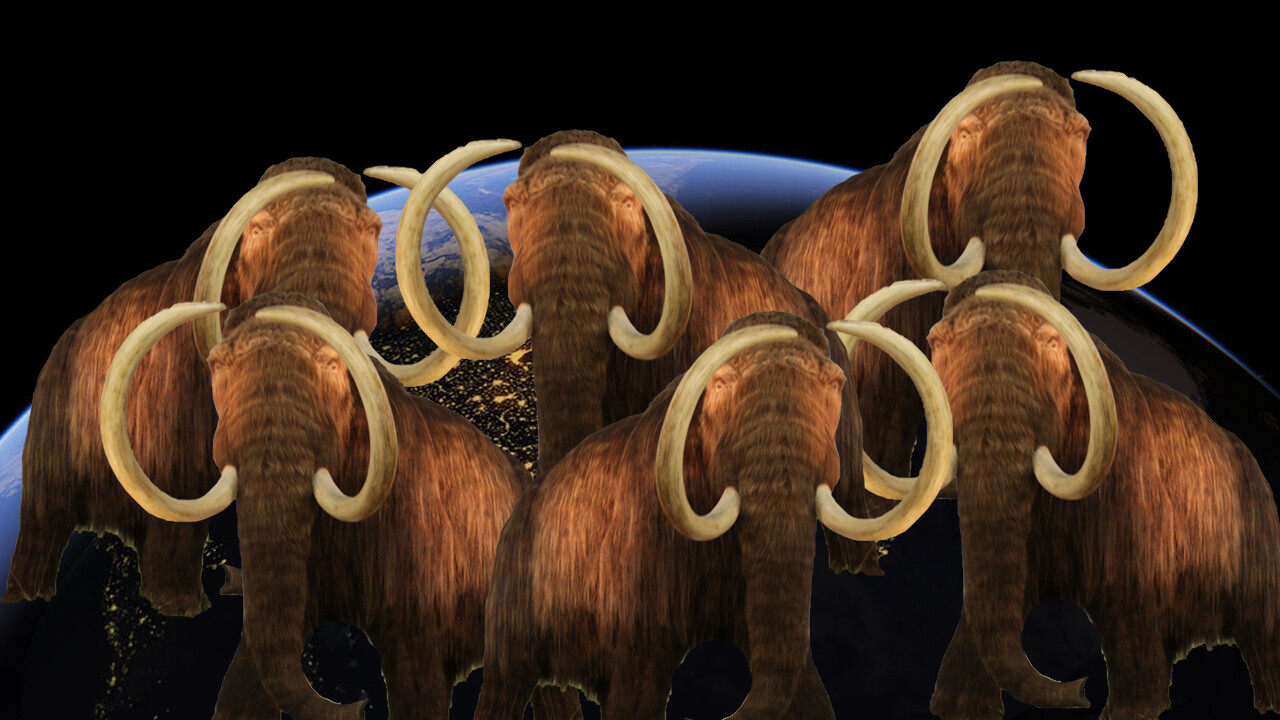All Articles for
Pleistocene
The Pleistocene (symbol PS) is the geological epoch which lasted from about 2,588,000 to 11,700 years ago, spanning the world's recent period of repeated glaciations. Charles Lyell introduced this term in 1839 to describe strata in Sicily that had at least 70% of their molluscan fauna still living today. This distinguished it from the older Pliocene Epoch, which Lyell had originally thought to be the youngest fossil rock layer. He constructed the name "Pleistocene" ("Most New" or "Newest") from the Greek πλεῖστος, pleīstos, "most", and καινός, kainós (latinized as cænus), "new"; this contrasting with the immediately preceding Pleiocene ("More New" or "Newer", from πλείων, pleíōn, "more", and kainós; usual spelling: Pliocene), and the immediately subsequent Holocene ("wholly new" or "entirely new", from ὅλος, hólos, "whole", and kainós) epoch, which extends to the present time. The Pleistocene is the first epoch of the Quaternary Period or sixth epoch of the Cenozoic Era. In Gradstein, F. M., Ogg, James G., and Smith, A. Gilbert (eds.), A Geologic Time Scale 2004 Cambridge University Press, Cambridge, ISBN 0-521-78142-6 The end of the Pleistocene corresponds with the end of the last glacial period. It also corresponds with the end of the Paleolithic age used in archaeology. In the ICS timescale, the Pleistocene is divided into four stages or ages, the Gelasian, Calabrian, Ionian and Tarantian. All of these stages were defined in southern Europe. In addition to this international subdivision, various regional subdivisions are often used. Before a change finally confirmed in 2009 by the International Union of Geological Sciences, the time boundary between the Pleistocene and the preceding Pliocene was regarded as being at 1.806 million years before the present, as opposed to the currently accepted 2.588 million years BP: publications from the preceding years may use either definition of the period.
